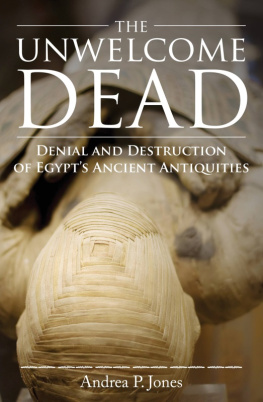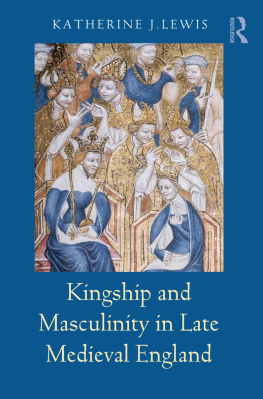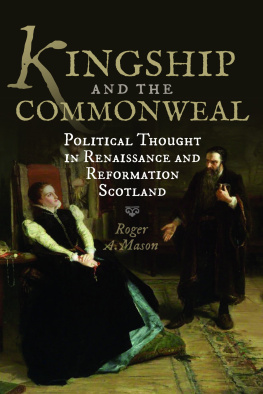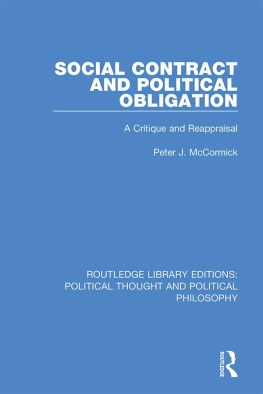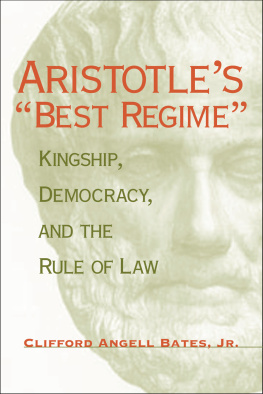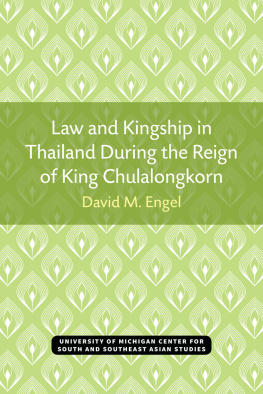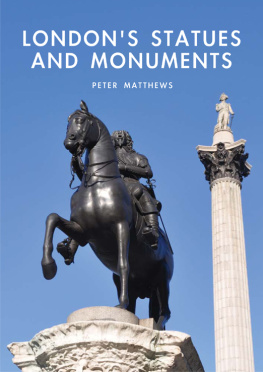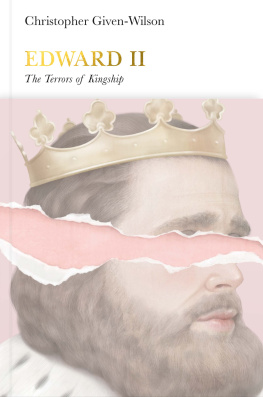First published in 1988 by
Kegan Paul International Limited
This edition first published in 2009 by
Routledge
2 Park Square, Milton Park, Abingdon, Oxon, OX14 4RN
Simultaneously published in the USA and Canada
by Routledge
270 Madison Avenue, New York, NY 10016
Routledge is an imprint of the Taylor & Francis Group, an informa business
Peter F. Dorman 1988
Transferred to Digital Printing 2009
All rights reserved. No part of this book may be reprinted or reproduced or utilised in any form or by any electronic, mechanical, or other means, now known or hereafter invented, including photocopying and recording, or in any information storage or retrieval system, without permission in writing from the publishers.
British Library Cataloguing in Publication Data
A catalogue record for this book is available from the British Library
ISBN 10: 0-7103-0317-3 (hbk)
ISBN 13: 978-0-7103-0317-2 (hbk)
Publishers Note
The publisher has gone to great lengths to ensure the quality of this reprint but points out that some imperfections in the original copies may apparent. The publisher has made every effort to contact original copyright holders and would welcome correspondence from those they have been unable to trace.
Acknowledgements
Much of the research for this book was undertaken for the degree of Doctor of Philosophy at the University of Chicago, and I would like to express my sincere thanks to those who have directly contributed to this methodological study of the monuments of Senenmut.
The members of my advisory committee at the Oriental Institute, Dr Edward F. Wente, Dr Klaus Baer, and Dr Janet H. Johnson, painstakingly reviewed every chapter and saved me from numerous logical leaps and omissions. Their support has been unflagging, their interest keen, and their suggestions invaluable; their advice has helped to give shape to this book, and I am grateful for a constant and kindly flow of it. The unexpected death of Dr Baer during the preparation of the final pages of this manuscript has lent the task a sense of sad poignancy and of personal loss.
As for my colleagues at the Metropolitan Museum of Art, Dr Christine Lilyquist first suggested that I work on the Egyptian Departments unpublished excavation records regarding Senenmut, which comprise the core of . Mr Will Schenck inked the pertinent plans contained in the plate section and provided additional insight on many aspects of the documentation of the tombs of Senenmut and his parents.
Numerous scholars have brought to my attention unpublished materials or manuscripts not yet in press that bear directly on the issues treated in this volume and have generously allowed me to discuss them; they are acknowledged individually in the text. I am especially grateful in this regard to Dr Ricardo Caminos and Prof Jan Assmann, who gave me access to their unpublished work on the Temple of Semna and on the funerary liturgies, respectively. I owe a special debt of gratitude to the late Miss Elizabeth Thomas, whose recent death is a particularly sad loss, and to Mr Charles Van Siclen III; they have shared with me not only their resources but hours of thoughtful discussion and criticism as well. Without the willing assistance of Mrs Diane Guzman of the Wilbour Library, as well as of the staff of the Department of Egyptian and Classical Art of The Brooklyn Museum, the completion of my work would have been sadly delayed.
Field work in Egypt was accomplished in the course of three visits funded by generous subsidies from Mrs Lila Acheson Wallace, the Theodore Rousseau Memorial Fund, and the Metropolitan Museum of Art. The research conducted in the tombs of Senenmut, in Cairo and Luxor, as well as in England and France, would have been impossible without this financial support. The members of the Egyptian Antiquities Organization offered prompt and generous assistance whenever needed, and particular thanks are owed to Dr Ahmed Qadry and Dr Mohammed Saleh. I am especially grateful to Dr Lanny Bell and the staff of Chicago House at Luxor for comfortable accommodations and the use of a superb research library.
I would also like to thank Dr W. V. Davies and Mr Peter Hopkins for their kind offer to include my work as part of the Studies in Egyptology series and for their advice in preparing the manuscript. The present volume differs in certain respects from my dissertation, which was completed in December, 1985. References that have appeared in the last year have been added, and the archaeological information in , which discusses the date of Hatshepsuts persecution, is a more complete version of a paper delivered at the Fourth International Congress of Egyptology in Munich in September, 1985.
Finally, I wish to acknowledge the contribution of my wife, Kathryn, who over the course of the past several years has given of her time and labor on my behalf. She has sacrificed her own leisure in order to provide me with needed solitude; she has accepted the onerous role of single parent during my visits to Egypt; she has been a constant source of cheerfulness and encouragement. This book is dedicated to her with deep appreciation.


